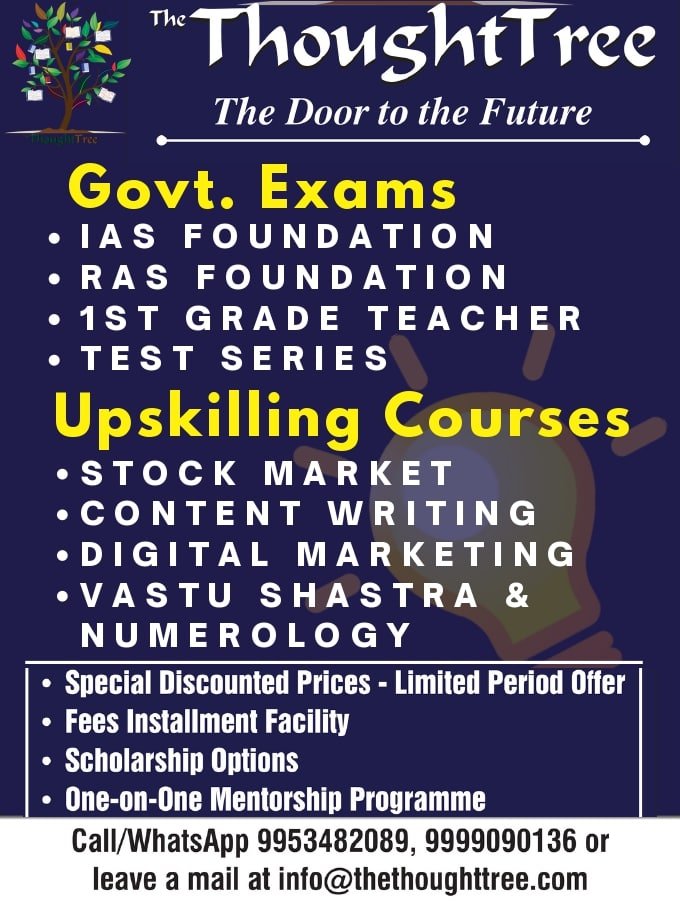At times, college and university students are provided with a particular text and required to read it through. When the reading part is done, they have to create a response essay to the given material. Since this paper is not like all other types of academic assignments, undergrads find it difficult to write one. Below, we offer some basic tips and tricks on how to write a response essay and stay sane.
First, make sure you know what a response essay actually is. A response essay is a type of writing that includes producing a reaction or response to a particular article, TV show, book, or any other material that you’ve read or seen. In the process of work, you have to sum up the text under study and give a detailed reaction to it step by step.
[miscellaneous_cta]
1. Pick Your Stance
When you’re done with the reading part and about to start the process of writing, ensure to decide what you stand for. Do you agree with the author’s point of view? What section of the text do you find most appealing? These are important questions to ask before you begin to write the first paragraph. You have to be clear about what exactly you think about the viewpoints of the author. It’s not the right time to be shy or hesitate to express what is on your mind. Just like in the case of an explanatory or expository essay, you’re welcome to use the words like “I think,” “I believe,” or “I feel” to state your opinion.
2. Read, Understand and Respond
To make a good response essay, you have to read and get the best idea of the text at hand. To understand the key points of the written material, ensure to use a pen to mark the most appealing, crucial, and interesting issues that you find in the introduction, conclusion, or the middle part of the text. Now put a pen aside and check the points that you have highlighted. It’s time to reflect on them in order to understand the meaning of each to be able to develop your thesis statement later.
3. Write Down Reactions and Thoughts
As you have different reactions to the work at hand, ensure to record them all. For instance, for a book, read it and keep the basic questions in mind. They will help you keep track of your thoughts:
- How did you feel in the process of reading?
- What did you think about this work of literature?
- What could have been written differently?
- What characters did you like most of all?
- Was the author successful in what s/he was trying to convey?
- Was there any disconnection in the plot?
Based on the material you have to study, the questions given above can be modified in many different ways. For instance, for a song, look more at the melody, your inner emotions, and whether the lyrics work with the melody. In the case of the piece of art, check the type of art, the colors, and the techniques used to create one. In other words, your task is to think both critically and creatively about the work you have to provide a response for. Thus, you will be able to produce a fantastic thesis statement.
Develop the Main Parts of the Response Essay
Just like the rest of the college essays, the response paper includes three main ingredients: the intro, the body, and the conclusion. Mind that you have to work on each of these sections differently and not necessarily in the same order.
Introduction
Since the introduction is the first thing that your readers deal with, ensure to start it off with some nice hook. Include a clear summary of the article, book, or whatever it is that you’re writing on. As you sum up the text in your introductory section, you provide your reader with a chance to get a better understanding of the original source. Plus, with an attention-grabbing intro, you make them curious about what comes next. And they keep on reading.
Body
This is where you discuss all the points that were highlighted during the reading session. To make your body clear, ensure each paragraph of it includes and develops a single point. The latter should be supported with strong evidence taken from the text under study. What is more, it is important to give an example of how exactly the work is related to the world we live in. Let your readers know how the work helped you to clarify any existing concept. To make your essay look more professional and logical, include the so-called transition phrases and words that will connect your paragraphs.
Conclusion
Conclude your response essay with a straightforward and brief paragraph. Make sure to provide a simple review of your viewpoints but ensure to restate those using different words. Do not hesitate to provide your target audience with recommendations and let them know why you think the text under study is bad or good.
Finally, when the work is done, read it several times to fix all the errors and make other edits to polish up the essay. We hope the recommendations given above will help you craft a flawless response essay.




